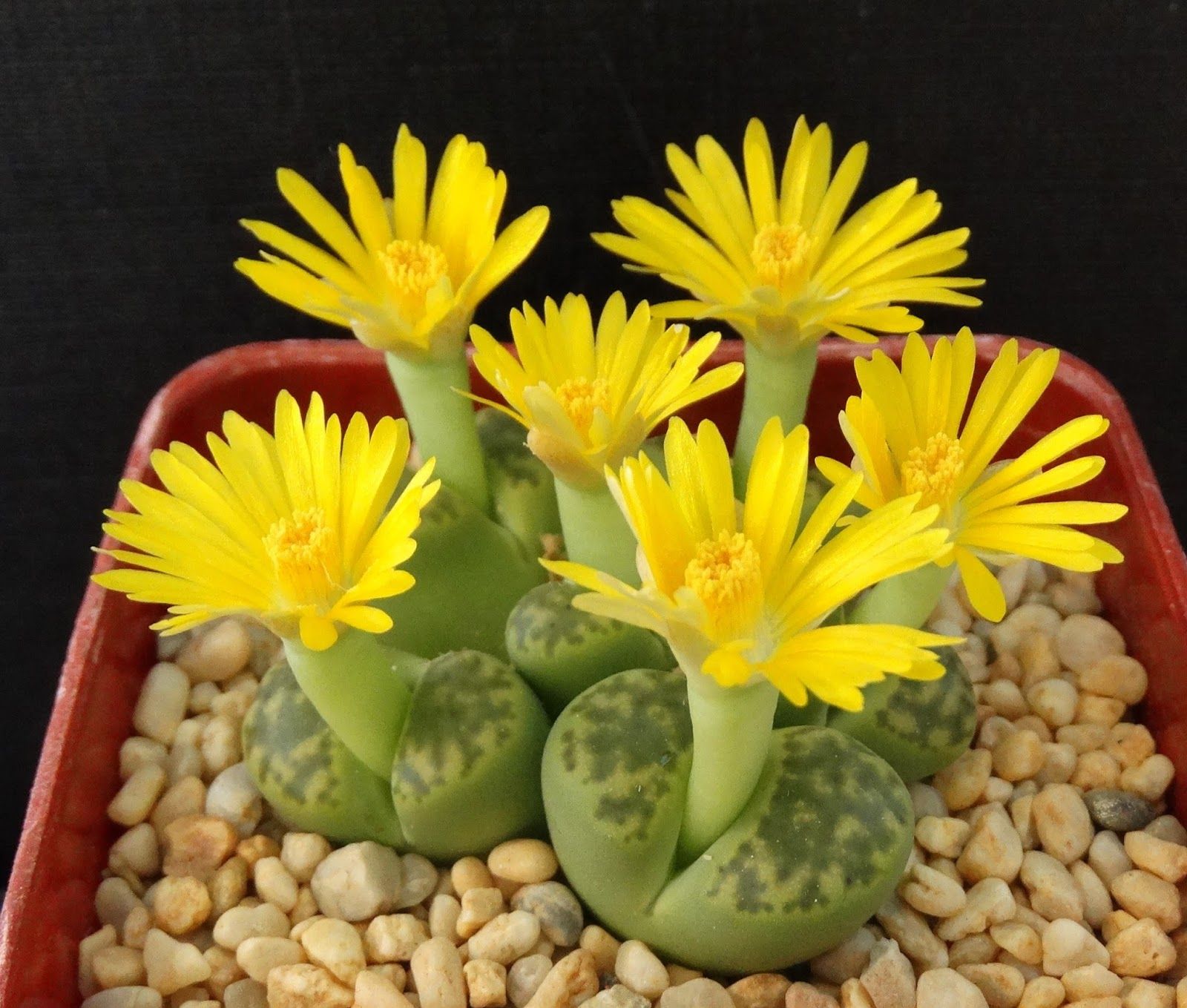Lithops Species: A Comprehensive Guide to These Fascinating Living Stones
The Amazing World of Lithops
Lithops, commonly known as living stones, are a group of fascinating succulent plants that have captured the attention of botanists and plant enthusiasts alike. The name "lithops" comes from the Greek words "lithos" (stone) and "ops" (face), which aptly describes their appearance.
These plants are native to southern Africa and are known for their ability to mimic the surrounding rocks and soil, making them difficult to spot in their natural habitat. In this comprehensive guide, we will take an in-depth look at the various species of lithops, their unique characteristics, and how to care for them.
The Different Species of Lithops
There are around 40 different species of lithops, each with its unique features and characteristics. Here are some of the most popular species:
Lithops aucampiae
This species is native to Namibia and South Africa and is one of the largest lithops species. It has a wide range of colors, including shades of green, brown, pink, and orange.
Lithops dorotheae
Native to Namibia, this species has a distinctive heart-shaped window on top that allows sunlight to reach the inner leaves. It has a range of colors, including white, brown, and gray.
Lithops hookeri
This species is native to Namibia and South Africa and is one of the most common lithops species. It has a rounded shape and a range of colors, including green, brown, and red.
Lithops julii
Native to Namibia, this species has a distinctively flat shape and a range of colors, including green, gray, and brown. It has a translucent window on top that allows sunlight to reach the inner leaves.
Lithops karasmontana
This species is native to Namibia and South Africa and has a range of colors, including green, pink, and orange. It has a unique triangular shape and a small window on top.
Caring for Lithops
Lithops are relatively easy to care for but require specific conditions to thrive. Here are some tips for taking care of your lithops:
Soil and Watering
Lithops need well-draining soil and should be watered sparingly. Overwatering can cause the roots to rot, so it's essential to let the soil dry out between waterings.
Light and Temperature
Lithops thrive in bright, indirect light and should be kept at temperatures between 50 and 80 degrees Fahrenheit. They can tolerate low light levels, but too much direct sunlight can scorch their leaves.
Fertilizer
Lithops do not require fertilizer, but you can use a low-nitrogen cactus fertilizer during the growing season to promote healthy growth.
Propagation of Lithops
Lithops can be propagated through seed or division. Here are some tips for propagating lithops:
Seed Propagation
Lithops seeds should be sown in a well-draining soil mix and kept moist until they germinate. Seedlings can take up to two years to mature.
Division Propagation
Mature lithops can be divided by gently separating the plants and replanting each half in a new pot with fresh soil.
The Benefits of Lithops
Lithops are not only fascinating to look at but also have several health benefits. Here are some of the benefits of lithops:
Air Purification
Like other succulent plants, lithops can help purify the air by removing toxins and pollutants.
Stress Relief
Caring for plants has been shown to reduce stress levels and promote relaxation.
Indoor Decor
Lithops make great indoor decor pieces and can add a touch of unique style to any room.
Frequently Asked Questions About Lithops
1. How often should I water my lithops?
You should water your lithops sparingly, allowing the soil to dry out between waterings.
2. What kind of soil is best for lithops?
Lithops require well-draining soil, so a cactus or succulent mix is ideal.
3. Can lithops be grown outdoors?
Lithops can be grown outdoors in warm climates with well-draining soil and bright, indirect light.
4. How do I know when my lithops needs to be fertilized?
Lithops do not require fertilizer, but if you notice slow growth or pale leaves during the growing season, you can use a low-nitrogen cactus fertilizer.
5. Can I propagate my lithops through cuttings?
No, lithops cannot be propagated through cuttings. They can only be divided or grown from seed.
Lithops are fascinating plants that are easy to care for and offer several health benefits. With their unique appearance and ability to mimic their surroundings, they are sure to be a conversation er. By following the tips outlined in this guide, you can enjoy the beauty of these living stones in your home or garden.










Post a Comment for "Lithops Species: A Comprehensive Guide to These Fascinating Living Stones"